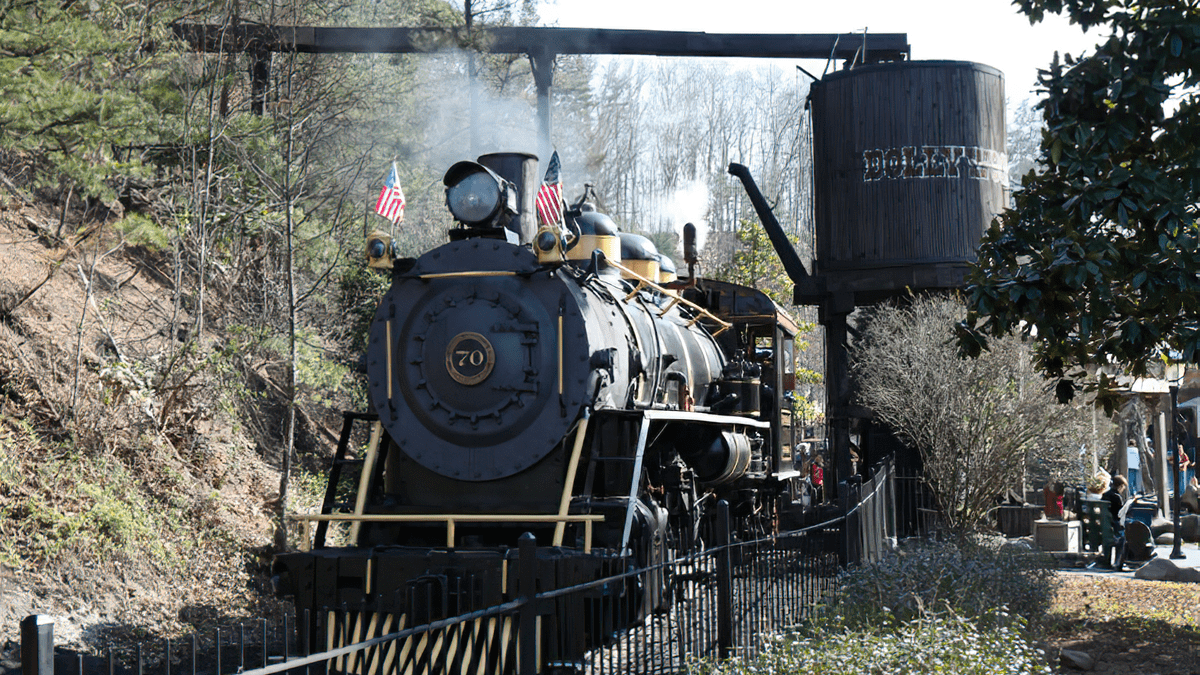The Dollywood Express Carries More Train Riders Than 10 Different U.S. Cities

Photo: Dollywood
While the concept of high-speed rail lines linking the country’s major metropolitan areas has captured the imaginations of many Americans, the public transportation infrastructure used for commuting is far more likely to impact a more localized area in the U.S. That’s keeping in mind that major cities in our country don’t have public transportation outside of a bus system and some have commuter rail systems that are clearly inadequate for their city’s population. And then, there are a few commuter rail systems that can’t even keep up with the Dollywood Express.
For those who don’t know, the Dollywood Express is the narrow-gauge heritage railroad that operates within the confines of Dollywood, the amusement park co-owned by Dolly Parton in Pigeon Forge, Tennessee. The Express route is a 2.5-mile track on park property with loops on either end. Two Baldwin-built USATC S118 Class coal-fired steam locomotives named Klondike Katie and Cinderella are driven along the route. Both trains were operated in Alaska by the U.S. Army during World War II before eventually making their way to Dollywood.
According to Dollywood, around 5,000 people per day ride on the Dollywood Express. This would rank the amusement park’s quaint heritage railroad to 21st in terms of ridership relative to commuter railroads in the United States. This is a startling example of both how popular Dollywood is and how lackluster the country’s public transportation infrastructure is.
Here are ten cities in the U.S. that the Dollywood Express transit is outpacing in public transportation services. Five are cities that have lower commuter rail ridership than the Dollywood Express and the five largest cities without a commuter rail service.


